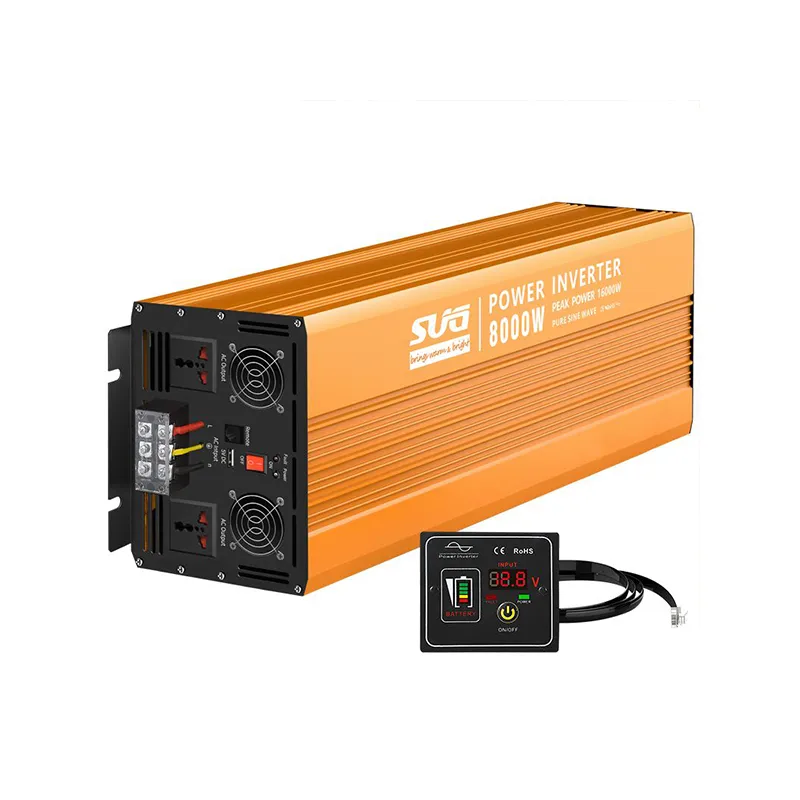half cell solar panel
Half-Cell Solar Panels Revolutionizing Solar Energy Efficiency
The quest for more efficient solar energy solutions has driven advancements in technology and design within the photovoltaic sector. Among the notable innovations are half-cell solar panels, a transformative approach that significantly enhances the performance and reliability of solar energy systems. In this article, we will explore the fundamental characteristics, benefits, and potential drawbacks of half-cell solar panels, alongside their growing importance in the renewable energy landscape.
Understanding Half-Cell Technology
Traditional solar panels, typically composed of 60 to 72 solar cells, rely on a full-cell configuration. In contrast, half-cell solar panels feature cells that have been cut in half, effectively doubling the number of cells within the same panel area. This design modification leads to several key advantages, significantly improving energy production under various conditions.
The half-cell configuration allows for lower current levels within the cells, reducing the risk of energy loss due to resistance (I²R losses). As a result, half-cell solar panels can achieve higher efficiencies, particularly in scenarios with partial shading or other obstructions. By maintaining performance even when some cells are shaded, these panels provide more consistent energy output throughout the day.
Enhanced Performance in Diverse Conditions
One of the standout benefits of half-cell solar panels is their ability to function efficiently in less-than-ideal conditions. Conventional solar panels often experience significant drops in output when partially shaded, as the entire string of cells can be affected. However, half-cell designs mitigate this issue through their unique layout. Since the cells are wired in a way that allows for better energy management, shading on one half of the panel does not drastically impact the other half's output.
Furthermore, half-cell panels tend to have better performance in high temperatures. Excessive heat can lead to decreased efficiency in standard panels; however, the lower current levels and improved thermal management of half-cell technology help maintain performance integrity, making them suitable for regions with high solar incidence.
half cell solar panel

Structural and Aesthetic Advantages
In addition to their operational benefits, half-cell solar panels boast a more robust structural design. The reduced size and enhanced balance of the individual cells contribute to a reduction in stress and potential micro-cracking, leading to greater longevity. This is crucial, as solar panels represent a long-term investment that homeowners and businesses depend on for years.
Aesthetically, half-cell panels offer greater flexibility in installation. Their more lightweight design allows for easier handling and installation, making them an attractive option for residential developers and commercial installations alike. The smaller size and modularity lend themselves well to customizable array layouts, which can be tailored to fit various roof sizes and shapes.
Considerations and Future Directions
While half-cell solar panels present numerous advantages, they are not without their considerations. Typically, they are more expensive to manufacture, which can result in higher initial costs for consumers. However, the enhanced efficiency and reduced energy losses often lead to greater savings over time, making them a worthwhile investment.
As the demand for renewable energy continues to grow, the development of half-cell technology is likely to expand. Innovations in materials science and manufacturing processes promise to further improve their efficiency and reduce costs. As consumers become increasingly conscious of their carbon footprints and seek sustainable energy solutions, half-cell solar panels will play a vital role in the push towards clean, renewable energy.
Conclusion
Half-cell solar panels represent a significant advancement in solar technology, offering enhanced efficiency, performance, and durability. As we strive for a more sustainable future, this innovative approach to solar energy will likely take center stage in the quest for cleaner, renewable power solutions. With their ability to outperform traditional panels in various conditions and their potential for further development, half-cell solar panels are not just a trend; they are a foundational technology that will help drive the global transition to renewable energy.
-
String Solar Inverter: The High-Efficiency Solution for Smart Solar EnergyNewsJul.14,2025
-
Revolutionizing Rooftop Energy with the Power of the Micro Solar InverterNewsJul.14,2025
-
Power Independence with Smart Off Grid Solar Inverter SolutionsNewsJul.14,2025
-
On Grid Solar Inverter: Powering the Future with Smart Grid IntegrationNewsJul.14,2025
-
Monocrystalline Solar Panels: High-Efficiency Power for the Future of Clean EnergyNewsJul.14,2025
-
Bifacial Solar Panel: A Smarter Investment for Next-Generation Energy SystemsNewsJul.14,2025







